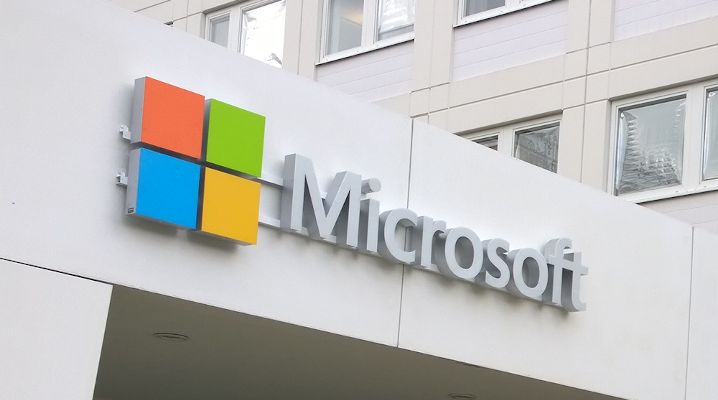 SECURITY
SECURITY
 SECURITY
SECURITY
 SECURITY
SECURITY
Consumers will soon be able to log into their Microsoft Corp. accounts with methods other than entering their usernames and passwords.
The new passwordless login methods, announced by Microsoft today, are set to roll out over the coming weeks. They will require the Microsoft Authenticator app to use. After downloading the app, a user must connect it to their Microsoft account and configure passwordless logins under the “Advanced Security Options” menu.
The tech industry is working to reduce consumers’ reliance on passwords in an effort to make the internet more secure. Consumers often reuse passwords across online services, which means that hackers can potentially exploit login credentials stolen in a data breach to access multiple accounts belonging to the same user. Microsoft, as well as other tech giants and an array of startups, are actively building new tools aimed at encouraging users to adopt more secure login methods.
Today’s addition of passwordless login support to Microsoft accounts represents an important milestone in the company’s consumer cybersecurity push. Users rely on Microsoft accounts to log into their Windows 10 computers, as well to access the Microsoft 365 software bundle, which includes the company’s popular Office suite of productivity applications. Some users of the Edge browser also rely on Microsoft accounts to sync browser settings across devices.
Consumers can choose from several login methods after opting into the newly announced passwordless feature. It’s possible to log into a Microsoft account using the Microsoft Authenticator app or Windows Hello, a biometric authentication system built into Windows 10. Consumers can alternatively have Microsoft send them a onetime verification via SMS or email every time they log in.
For particularly tech-savvy users, Microsoft is offering the ability to manage the login process using security keys. Security keys are compact USB devices that have the same function as a password, but are much more difficult for hackers to compromise.
Another benefit is increased convenience. Security keys automate the login process to let users access online services without having to input any account credentials manually.
“We also know that everyone is on their own passwordless journey, and the world isn’t entirely password-less yet,” Microsoft Corporate Vice President Liat Ben-Zur wrote in a blog post today. ”Which is why we’ve built tools that meet you where you are today and help keep your current passwords secure for other sites. In Microsoft Edge, for example, we have a comprehensive password management system with Password Monitor, password generator and the password health dashboard.”
In parallel, Microsoft is working to help its enterprise customers adopt passwordless login methods as well. The company’s efforts in this area have centered on its Active Directory platform, which is used by many organizations to manage employee access to work applications. Microsoft this year rolled out new features to Active Directory that enable information technology teams to let employees access applications using passwordless login methods.
Support our mission to keep content open and free by engaging with theCUBE community. Join theCUBE’s Alumni Trust Network, where technology leaders connect, share intelligence and create opportunities.
Founded by tech visionaries John Furrier and Dave Vellante, SiliconANGLE Media has built a dynamic ecosystem of industry-leading digital media brands that reach 15+ million elite tech professionals. Our new proprietary theCUBE AI Video Cloud is breaking ground in audience interaction, leveraging theCUBEai.com neural network to help technology companies make data-driven decisions and stay at the forefront of industry conversations.